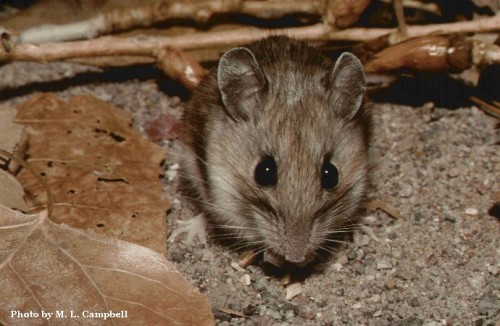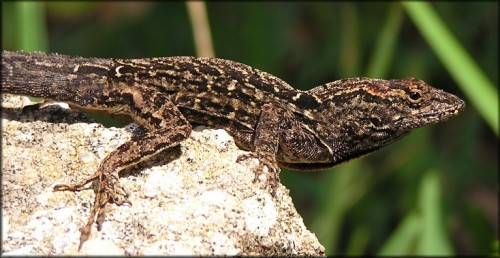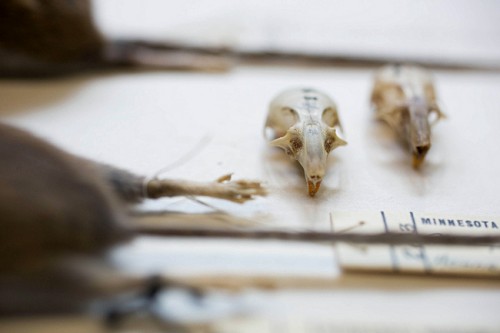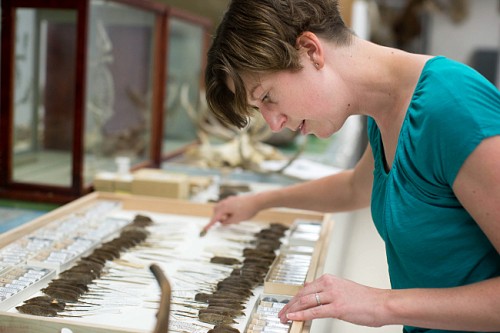
From day-to-day observations, the impact of human activity on the environment around us is not so obvious. However, a collection of satellite images from 1984 to 2012 speaks volumes: in the course of only three decades, much of the Earth’s verdant landscape has gradually given way to gray cities, marking the long-term impact of urbanization. For better or for worse, humans have distinctly altered their natural surroundings, forcing other species to either adapt or go extinct.
It is not easy to develop new habits for a new environment. Many animals have been compelled to adjust their behavior, gradually learning to avoid, outsmart, or even befriend their new urban neighbors. Now, a recent study conducted by University of Minnesota biologist Emilie C. Snell-Rood and undergraduate Naomi Wick suggests that some animals have adapted to the presence of humans by developing bigger brains.

In their study, Snell-Rood and Wick focused on local animal specimens collected at the University of Minnesota Bell Museum. By measuring the breadth, width, and height of various mammal skulls, they were able to estimate the size of the species’ brains. Remarkably, in the white-footed mouse and the meadow vole, they found that specimens from the city displayed a 6 percent increase in brain capacity over their rural counterparts.
Snell-Rood provides two possible explanations for these findings. An increase in nutritional quantity and quality, which urbanization provides to some extent, may give animals the energy required to maintain larger brains. However, the increase in skull size was not accompanied by an increase in body size, making this theory less likely. A more probable and interesting hypothesis is that adapting to human activity places a larger demand on cognitive skills, such as foraging for food and interacting with humans.

The growing impact of city environments on animal behavior, a trend dubbed “synurbanization,” is well-documented. By destroying or radically transforming natural habitats, cities create new, unfilled niches and force local species to adapt. Studies of resulting animal behavior report changes such as increased friendliness toward humans, new nesting preferences, and longer waking hours. For some city-dwelling animals, humans have also become a primary supplier of food. As human metropolises continue to grow, the effects of synurbanization have been conspicuous and profound. Snell-Rood’s study, however, is the first that points to a possible link between behavioral change and brain size.
An additional finding in the new study suggests that the influence of human activity extends beyond cities as well. According to Snell-Rood’s measurements, four rural species exhibited a boost in brain size, revealing that they, too, may have been affected by changing environments. For instance, an impact like deforestation may force bats in the countryside to change their feeding and roosting habits.

Snell-Rood’s discovery is not the first time scientists have found evidence of human activity driving animal evolution. In London, industrial pollution gave dark peppered moths an advantage over the lighter ones, enabling them to blend in with layers of soot. By contrast, the white peppered moths, which once blended in with tree bark and lichens, lost their evolutionary advantage and became less numerous. A second example of human-driven evolution is a type of anole lizard, which developed shorter legs to adapt to urban areas in the Bahamas. While long legs are suitable for perching on wide surfaces, with shorter legs the lizard is better equipped to climb the narrow stalks that are typical of urban plants.
While Snell-Rood’s findings are significant, additional research needs to be conducted on other specimens to determine whether the trend continues in other regions. The age of the museum collections is also an important factor, as the Minnesota researchers could only study specimens from the past century — the brain sizes of animals that lived before major industrialization remain unknown.
Still, the results are striking in their implications. The evolution of bigger brains in animals sheds new light upon how deeply our actions affect the surrounding ecology. We humans are not the only ones who have adapted to our environment, developing tools and technology to master nature. It turns out that the animals around us are learning too — and perhaps getting smarter.
